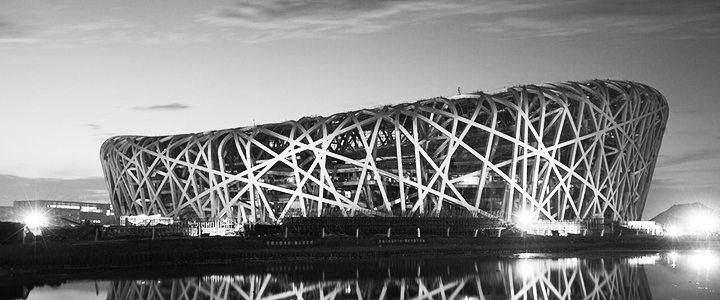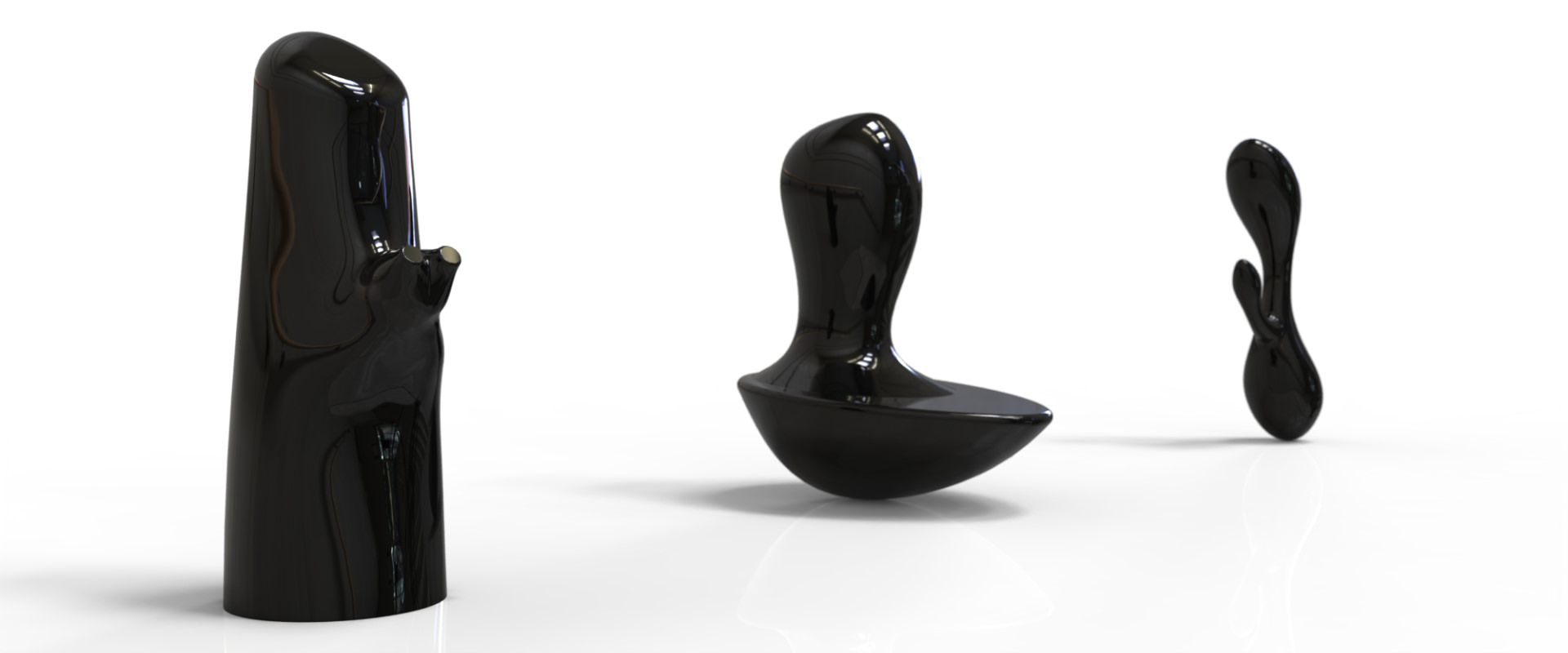During a recent convention on architecture, president Xi Jinping said that he wants to put an end to “weird architecture”. Planners, architects and real estate investors now have headaches on how to figure out what he meant and what is going to change.
For now no official rule has been promulgated on that, but it looks clear that in the future it is unlikely that China will have other strange architectures like the ‘Giant Trousers’ ”, a popular way to call the CCTV building by OMA or the “Bird’s Nest”, the Beijing’s Olympic Stadium.
The local government will apply stricter design guidelines on project approvals and criteria in some local competitions for public commissions will be revised. Many ask themselves if this would dampen creativity and will become a new form of censorship more than avoid stupid designs.
The government will apply more detailed urban planning requirements to prevent “weird architecture” and put rules on the size, style, color, shape and materials of buildings.
We all know how huge has been the disaster created by European Color Plans, imagine what could happen in a country where the architectural tradition has been destroyed by the Cultural Revolution.
In the Words of the Deputy Mayor Wang: “if it does not consume excessive materials, if it suits the local climate, if it fits the local culture and if it provides the necessary functions”, again can read: if it’s a proper building or if it fits Chinese tradition.
This could be dramatic in a country where keeping the Genius Loci the means putting some patterns, lucky numbers or flowers or opening holes for the spirit of the dragon to pass through the building.
On the other hand we have to hope that the focus of the judgement will be oriented towards low impact, carbon free and green issues.
Many “shocking and weird buildings” around China have been the vanity projects of government officials out to advance their own careers, with no regard for the costs and in many cases with corruption issues involved and it’s always public funds.
Since taking power, Xi Jinping has waged a campaign against official corruption and extravagance, and focusing on weird design appears in line with that. What is not clear of his line is if it’s just a campaign against new ideas and progress to step back to revisionism and tradition.
Wang Shu, the architect who in 2012 won the Pritzker Prize, said that Xi Jinping was addressing a real problem. “The greatest quantity of strange buildings in the world has converged on China but that ‘no more weird buildings’ doesn’t mean we should have dull buildings” (read: is it going to be another “censorship”?)
Gong Jianxin, Director of the Kunshan Institute for Architecture, said that while bidding recently on a project for a trade center in Shenzhen, his team agreed that they should not pursue “peculiar-looking” designs (read: let’s try to make it “normal” and not to look different at any cost).
So China has probably reached a saturation of foreign architects using the country to promote their most excessive designs but this could also regress due to the conservatorism of the government, remember we always talk about ordinary people’s money being spent.
I always find myself in trouble when I am asked by Shenzhen inhabitants about the new monster designed by Fuksas. When they ask me why there was the urge to call an Italian designer I frankly say that “I’m so sorry, not all the Italians design benches 30 cm deep with an inclination that you have to be a tightrope walker to sit down”.






